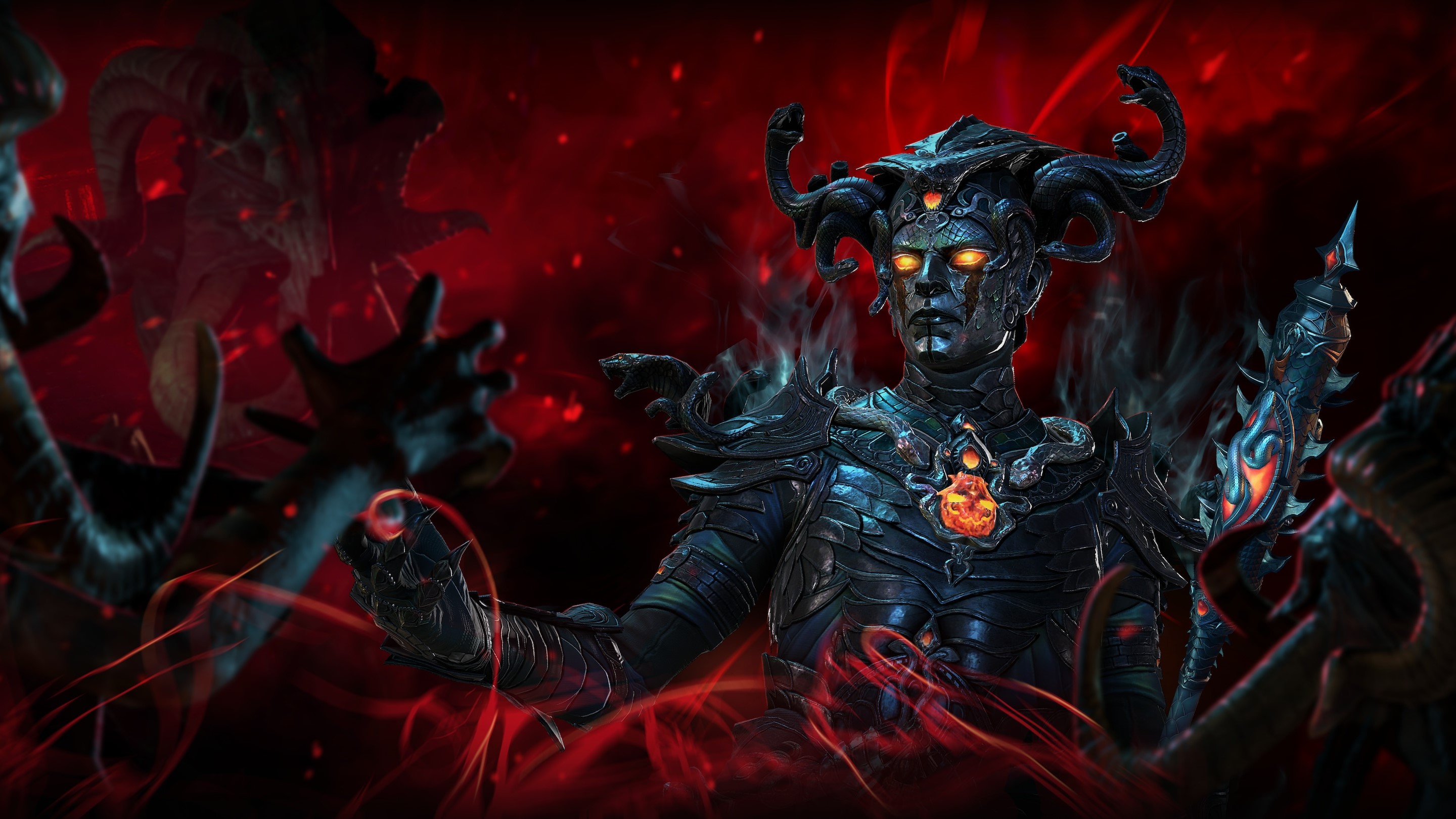
Not just any old PC can handle a head-mounted display, and you might be looking for a new best graphics card for VR as an upgrade. Whether you're looking at Oculus, Vive, Index, or Windows Mixed Reality headsets, better hardware translates to a better VR experience. While the NVIDIA GeForce RTX 2070 Super is likely the best bet for most people due to RTX 30-series shortages, there are also a bunch of other options listed here that fit different budgets and needs.
Best For Most People: NVIDIA GeForce RTX 2070 Super
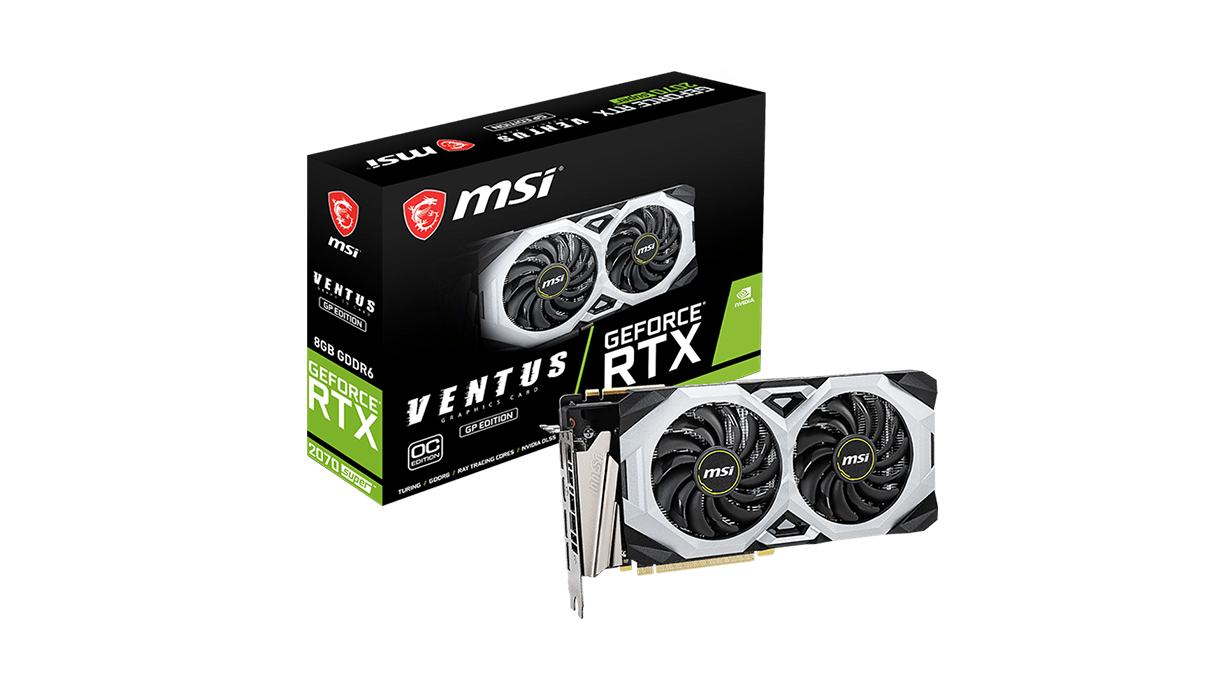
MSI Ventus OC RTX 2070 Super
Reasons to buy
Reasons to avoid
If you'd like to land slightly better performance than the AMD Radeon RX 5700 XT but also want to take advantage of NVIDIA RTX features like ray tracing and DLSS 2.0 when gaming on a standard monitor, the RTX 2070 Super should make a great choice. It does cost more, but it is a stellar graphics card for VR. You shouldn't have any issues powering modern VR headsets and their games and experiences.
The MSI Ventus GP OC version of the RTX 2070 Super that we recommend includes 8GB of GDDR6 VRAM, 14Gbps memory bandwidth, a 256-bit memory bus, and a boost clock speed up to 1,785MHz. It is based on a 12nm process, but it's about as efficient as AMD's 7nm cards.
When not enjoying high-quality VR experiences, the RTX 2070 Super will easily handle QHD monitors at a high framerate for even modern AAA games. It will also be able to hit the low end of 4K, though for true 4K you might want to check out something like the RTX 3080 once availability becomes more reliable. Add a G-Sync monitor for less stuttering and screen-tearing when not in VR.
Runner-Up: AMD Radeon RX 5700 XT

Sapphire Pulse RX 5700 XT
Reasons to buy
Reasons to avoid
The Radeon RX 5700 XT is one of the best AMD GPUs out there. It's based on a 7nm Navi architecture, bringing the performance you need for smooth VR at a reasonable price. That's especially important when you've invested (or are looking to invest) in the best VR headsets.
This GPU will power any VR headset available now, with high framerates for essentially any game or VR experience. It has 8GB of GDDR6 VRAM, 448GB/s memory bandwidth, a 256-bit memory bus, and a boost clock up to 1,925MHz. When you're not enjoying a high-quality VR experience, the RX 5700 XT will also be able to deliver smooth gaming at 1440p (QHD) and can even dabble in 4K.
You won't get some of the same benefits of NVIDIA RTX cards like ray tracing and DLSS 2.0. Still, you will get to take advantage of FreeSync 2 variable refresh rate technology to reduce tearing on FreeSync-compatible monitors. The Sapphire Pulse version that we recommend includes dual fans as well as three HDMI ports and one DisplayPort.
Get the Windows Central Newsletter
All the latest news, reviews, and guides for Windows and Xbox diehards.
Best Mid Range: AMD Radeon RX 5600 XT
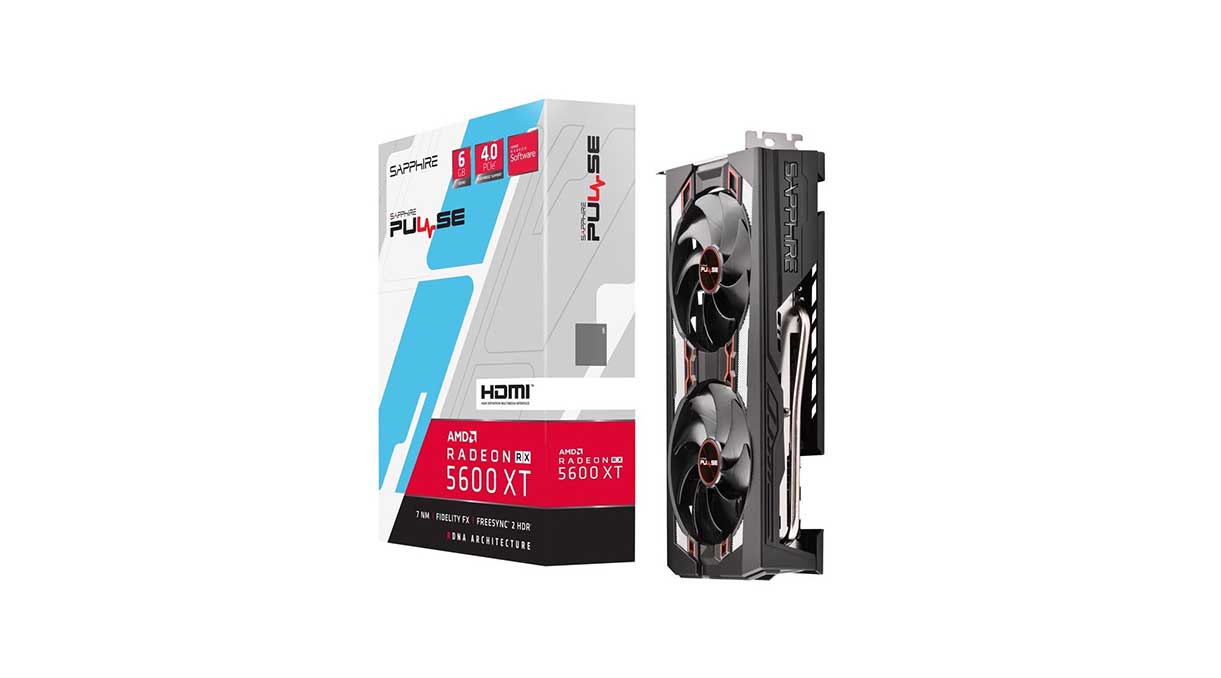
Sapphire Pulse RX 5600 XT
Reasons to buy
Reasons to avoid
Getting into mid-range best graphics cards for VR, AMD's RX 5600 XT is an excellent option that rivals NVIDIA's RTX 2060 Super in terms of raw performance. It doesn't include RTX benefits like ray tracing and DLSS 2.0, but it does come at a more affordable price. If you're not concerned with pushing the upper limits of modern VR headsets but still want a great experience, this card should be a great addition to your PC.
The Sapphire Pulse version we recommend includes 6GB of GDDR6 VRAM, 336GB/s memory bandwidth, a 192-bit memory bus, and a boost clock speed up to 1,750MHz. When not enjoying VR, this GPU will be able to handle 1440p on a standard monitor, though it's better to cut out to deliver a top-tier 1080p experience.
Best Entry Level: NVIDIA GeForce GTX 1660 Super
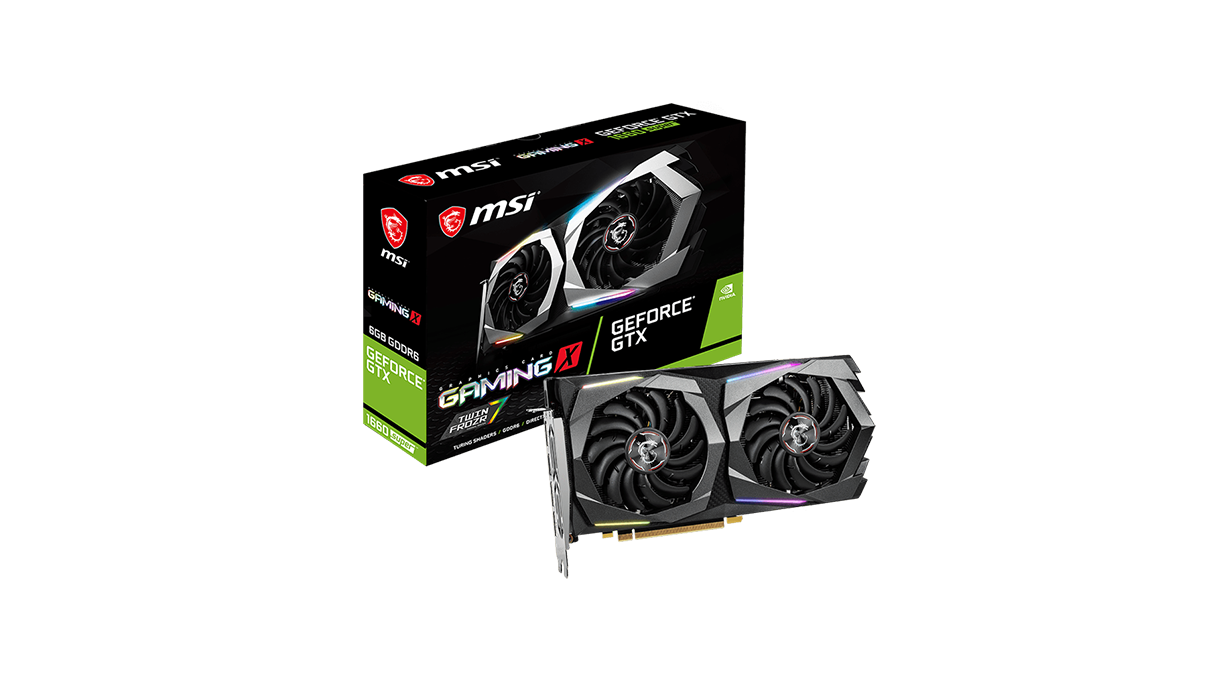
MSI Gaming X GTX 1660 Super
Reasons to buy
Reasons to avoid
Quality graphics cards for VR around $300 include NVIDIA's GTX 1660 Super. It's still based on the same Turing architecture as the modern RTX cards, though it doesn't offer dedicated ray-tracing cores or DLSS 2.0 for standard gaming. In any case, it's still going to deliver a quality VR experience for most games and headsets, if at reduced quality or frame rates.
The MSI Gaming X version we recommend includes 6GB of GDDR6 VRAM, 336GB/s memory bandwidth, a 192-bit memory bus, and a boost clock speed up to 1,830MHz. Those are rather impressive numbers for the price these cards cost, and they run at a rather efficient 125W. When not enjoying VR, the GTX 1660 Super will power smooth 1080p gaming on a monitor. NVIDIA G-Sync tech helps cut down on tearing and stuttering.
Best Overkill: NVIDIA GeForce RTX 3080
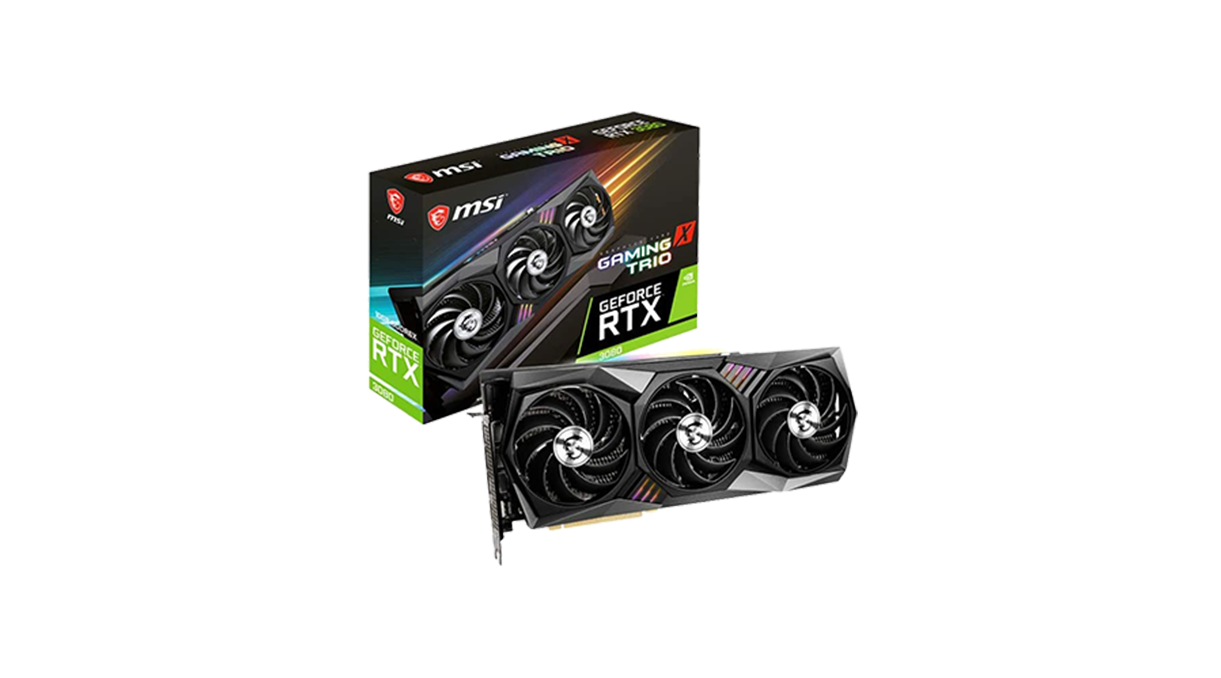
MSI Gaming X Trio RTX 3080
Reasons to buy
Reasons to avoid
Before the RTX 30-series cards were unveiled, you were looking at spending far more than $1,000 to get your hands on RTX 2080 Ti performance. Now that the RTX 3080 is here — and at a far more reasonable price — you can go for an overkill GPU and not drain your bank account. The only caveat is that the RTX 3080 is still new and is suffering from supply shortages.
Once stock is back to normal, have a look at the MSI Gaming X Trio RTX 3080. It brings 10GB of GDDR6X VRAM, 19Gbps memory speed, 320-bit memory bus, 8,704 CUDA cores, and an 1,815MHz boost clock. Of course, you also get ray tracing and DLSS 2.0 for playing standard games on a 2D monitor. And in VR it's going to absolutely shred no matter the headset you're using.
Just be sure you've prepared your PC for RTX 30-series GPU system requirements before making a big purchase.
Bottom line
There are plenty of great GPU options that will get you going in VR, from budget cards up to the cream-of-the-crop, very best graphics cards that cost thousands. If you're a VR user who wants solid performance for most games and apps, no matter the VR system, the NVIDIA RTX 2070 Super is going to deliver a stellar experience at a reasonable price.
Its high-end specs will easily max out most VR games, and when you want to switch back to a standard gaming monitor, you'd best have something with a QHD resolution and high refresh rate to make the most of the card. Ray tracing and DLSS 2.0 in compatible games really boost this card's appeal.
And if you're looking for the new NVIDIA RTX 30-series GPUs, the RTX 3080 is currently your best bet. Unfortunately, stock is limited and if you didn't manage to get one at release you're no doubt going to be waiting awhile. The RTX 3070 is also expected to release late October, which will undoubtedly shake up the GPU market again.

Cale Hunt brings to Windows Central more than eight years of experience writing about laptops, PCs, accessories, games, and beyond. If it runs Windows or in some way complements the hardware, there’s a good chance he knows about it, has written about it, or is already busy testing it.
